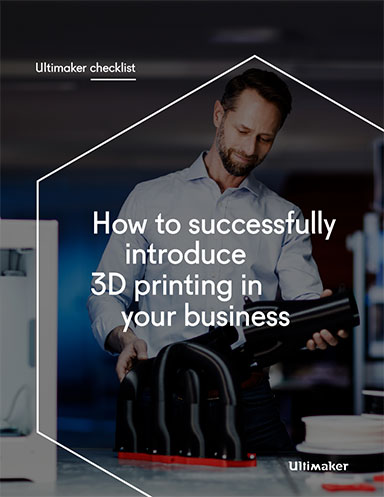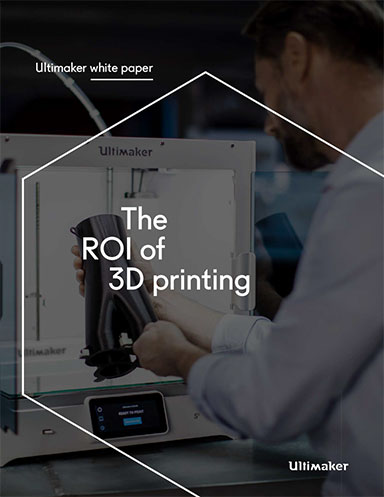NASA Buys Third nScrypt Factory in a Tool to Print Conductive Materials
Creating 3D antennas and printing conformal antennas on non-flat surfaces are reportedly the top objectives of the NASA research project.
Latest News
November 20, 2019
NASA has selected nScrypt’s 3Dn tabletop Factory in a Tool (FiT) for printing silver and other conductive materials to support intelligent flight systems research at NASA’s Langley Research Center (LARC) in Hampton, VA, specifically, for the creation of 3D antennas, sensors and transmission lines on 3D surfaces at different angles. Creating 3D antennas and printing conformal antennas on non-flat surfaces are reportedly the top objectives of the NASA research project.
“We selected the nScrypt platform because it is capable of printing onto a range of shaped surfaces using a wide range of materials of varying viscosity, particularly conductive materials,” says Omar Torres, NASA’s lead of the wireless avionics community of practice. “This allows the printing of a conformal antenna with the possibility of reaching frequencies as low as 150 MHz.”
NASA selected a 3Dn-Tabletop (Dual-Head), multi-material, precision ball screw motion platform, which will be outfitted with a SmartPump microdispensing tool head, nFD material extrusion tool head and nVision cameras that monitor the tool heads for automated in-process monitoring. The system also includes a point laser height sensor for Z-tracking and surface mapping to enable conformal printing on non-flat surfaces. The system comes with two printer heads and can be upgraded to five tool heads for 3D printing, milling, drilling, polishing and picking and placing components onto a conformal surface with automatic tool changes. This platform is capable of laser processing, sintering, heating, UV curing, mapping and machine vision.
“This machine’s SmartPump can microdispense more than 10,000 commercially available materials, ranging from a few centipoise (like water) to millions of centipoise (much thicker than peanut butter),” says nScrypt’s CEO, Ken Church. “We have now sold three systems to NASA and we are proud to help support its mission.”
The SmartPump microdispensing tool head eliminates drooling with pico-liter volumetric control. Its pen tip has the smallest commercially available diameter, 10 microns. The printer allows control of the volume of the printing material down to 100 picoliters for a wide range of viscosity and materials, from liquid inks, to pastes, epoxies and conductive materials.
Sources: Press materials received from the company and additional information gleaned from the company’s website.
Subscribe to our FREE magazine, FREE email newsletters or both!
Latest News
About the Author
DE’s editors contribute news and new product announcements to Digital Engineering.
Press releases may be sent to them via [email protected].






